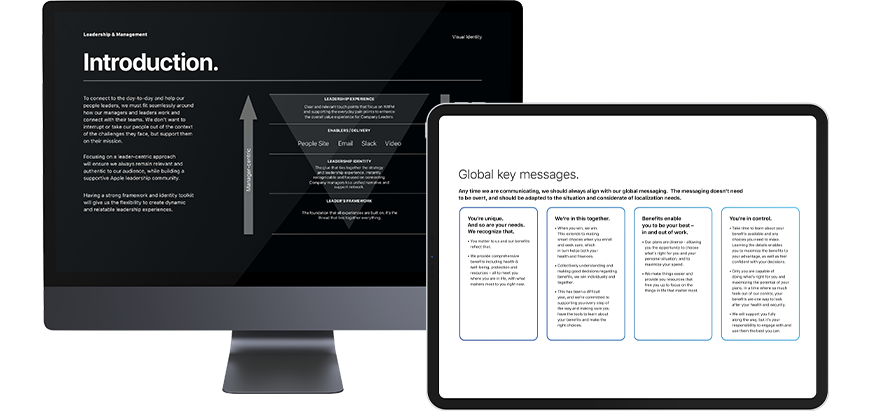As expectations placed on internal communication teams continue to increase, it can be difficult to keep a strategic mindset. Yet having a long-term internal communication strategy is the only way to consistently influence your leaders – and the strategic direction of your organization. Here we explore why and how to create your strategy.
In this article, we explore why you should have one, and how to create it.
Our State of the Sector report shows that only a minority of organizations (29%) have ‘an overarching internal communication strategy covering a period of more than one year’. While this rises to 44% in organizations with more than 10,000 employees, the majority of communication professionals (60%) still focus on creating communication plans for specific campaigns and initiatives – over and above devising a strategy.
When asked why this is the case, we’re often told that internal communication teams lack the time and resource, are dealing with constant change and don’t have the business clarity required. It therefore seems all the more important that we explore why an internal communication strategy is so critical to internal communication success.
What is an internal communication strategy?
‘Internal communication strategy’ and ‘communication plan’ are often seen as one and the same, yet their scope is very different.
An internal communication strategy is a high-level document that outlines how your internal communication function supports your long-term business objectives. It should articulate how internal communications will help your organization to execute its corporate strategy and deliver on its employee value proposition.
By contrast, a communication plan is a more detailed and tactical document that explains how internal communications can be leveraged to achieve a specific goal. For example, deliver a specific change program; connect your employees with your corporate vision, mission and strategy; create engagement around your ESG strategy; or encourage your people to manage their physical, emotional and financial wellbeing. Ideally, the plan will include communication objectives, audiences and key messages, while also outlining what activities you’ll implement and how you intend to measure success.
The main difference between the two lives in the level of detail and scope. A communication plan essentially focuses on the tactics of a specific campaign. An internal communication strategy looks at the bigger picture and guides your efforts to maximize the value that internal communications adds to your organization.
What are the benefits of having an internal communication strategy?
Developing a solid internal communication strategy is an investment in your team’s future as it can deliver many benefits in the long run. These include:
- Creating stronger strategic alignment by clarifying how your internal communication function supports your organization’s strategic goals.
- Providing operational focus by defining how you’ll deploy resources and what you’ll deliver within a given timeframe.
- Securing leadership buy-in with a clear proposition that can be shared with your internal stakeholders and used to present a business case for necessary investments.
- Delivering a roadmap for the future that sets expectations as to what will be delivered, by when and by whom.
- Inform employees and engage them around your purpose and direction so they can align their efforts to your strategy.
Ultimately, your internal communication strategy identifies how to achieve maximum impact with minimum effort, therefore enabling you to concentrate on what adds the most value while pushing back on what doesn’t.



